Imagine a town with no traffic fatalities. In this vision, pedestrians, bicyclists, drivers, are all safe on the city’s roadways. Vision Zero is a way of thinking about and implementing infrastructural changes to support safer streets for everyone.
Understanding the Vision Zero Plan
Vision Zero starts with the premise that traffic fatalities and serious injuries are preventable. Death and injury are not an acceptable price to pay for engaging on the roadways as a pedestrian, cyclist, or motorist.
A Vision Zero Plan will not prevent an accident, but it will lessen the severity of accidents. It focuses on making streets safer by implementing roadway designs and policies that reduce driver speeds, especially where there is heavier pedestrian and cyclist presence. It also increases the amount and interconnectivity of bike lanes and pedestrian walkways.
Here are six signs that your hometown needs to embrace a Vision Zero strategy.
1. Increasing Bicycle and Pedestrian Accidents in Your Community
Increasing accidents, injuries, and fatalities within any given community signal the need for change.
Across the U.S. the period from 2010 to 2017 saw a staggering 25% increase in bicycle and pedestrian accident fatalities. More cities are encouraging their populace to walk or ride bikes, at the same time that their streets are dominated by fast-moving vehicles. It has proven to be a deadly combination.
These accidents take a human toll even when people survive. People suffer debilitating injuries, lost wages, and difficulty with personal mobility for months after some of these accidents. In 2017, almost 6000 pedestrians were killed in motor vehicle accidents. Children and older adults are particularly at risk.
2. Community Priorities Are Changing
Communities across the globe are starting to re-evaluate the role of cars in their communities. And many are deciding that their communities would be better off with fewer cars on the road. Imagine your city with one-third fewer cars. There would be less noise, less pollution. You would see more people walking down the street. Local businesses would see more walk-in traffic. The city would be more walkable, more vibrant. It would be a community of people, not cars.
More communities are starting to move their vision toward a people-friendly model. These communities look better and see businesses thriving. When small businesses thrive, so do their communities and the people in them. Small businesses thrive in areas of increased foot traffic. People are happier and communities see more cohesion.
3. Driving and Commuting Times Are Increasing
There was a time in the United States when we cherished the idea of getting out onto the open road and driving to wherever our hearts desired. That vision caused a whole generation to literally buy into car ownership. Car ownership has grown to the point that in 2012 there were more cars than drivers in the U.S.
This has led to congestion on the roadways, terrible commute times for people living in the suburbs, and increasing amounts of time in the car getting from one point to another. The average commute time in San Francisco in 2018 was 33 minutes, one way. This is over an hour a day for the average commuter. Add an accident to the mix and commutes can become nightmares. Every year the commute time increases.
All this has led to increasing frustration and dissatisfaction with the quality of life for many drivers. This has sparked a desire to find alternative modes of transport. And commuters are increasingly turning to bikes as a viable alternative to hours spent in traffic.
4. There are Simply More Bicycles and Pedestrians on the Streets
Covid19 restrictions have caused more people to work from home. Lockdowns, working at home, and an increased need for exercise during the pandemic, have all led to more walking and riding and less driving. People are more inclined to get a little exercise and walk or ride to the neighborhood store.
Commuters are adopting alternative modes of transport. Those who must commute are looking for ways to cycle or walk to and from work if possible. During rush hour, biking is often the fastest way to get around a city. This makes biking much more attractive to many commuters.
Between these two vectors, communities are seeing increased walking and riding within their communities. Many of these communities have little or no infrastructural support for this increased traffic. Vision Zero plans can allow quick and easy implementation of infrastructural changes to accommodate these community changes.
5. There’s a A Demand to Increase Public Health
Alongside public health issues of traffic fatalities, communities are looking at ways to increase public health. Public health is a complex issue encompassing health issues such as obesity, exercise, pollution, asthma, and the current pandemic.
Obesity and asthma in particular are linked to a host of other chronic conditions causing higher mortality rates in later life.
Some communities hope to link greater public health outcomes with Vision Zero plans. The idea is that if it is safer to walk and bike in a community, that people will exercise outdoors more often, reducing chronic illness.
6. There’s A Commitment to Reducing Pollution and Climate Change
Communities across the nation are making changes related to combating climate change. Making the streets safer is a wonderful tool to use in achieving that goal. Using cars for short trips in a community adds to emissions. Fully one-third of trips using a car in the US. are short, less than 3 miles.
Transportation constitutes one-third of the carbon emissions in the U.S. Using a bike or walking for shorter trips just makes sense and is a great way to cut emissions.
Vision Zero can be instrumental in making the streets safer for everyone. As communities re-evaluate goals and priorities for their communities, more and more communities are looking to Vision Zero as a vehicle for making their communities safer, more cohesive, and more vibrant.
For more information, see our benchmarking report and more information on past benchmarking reports.

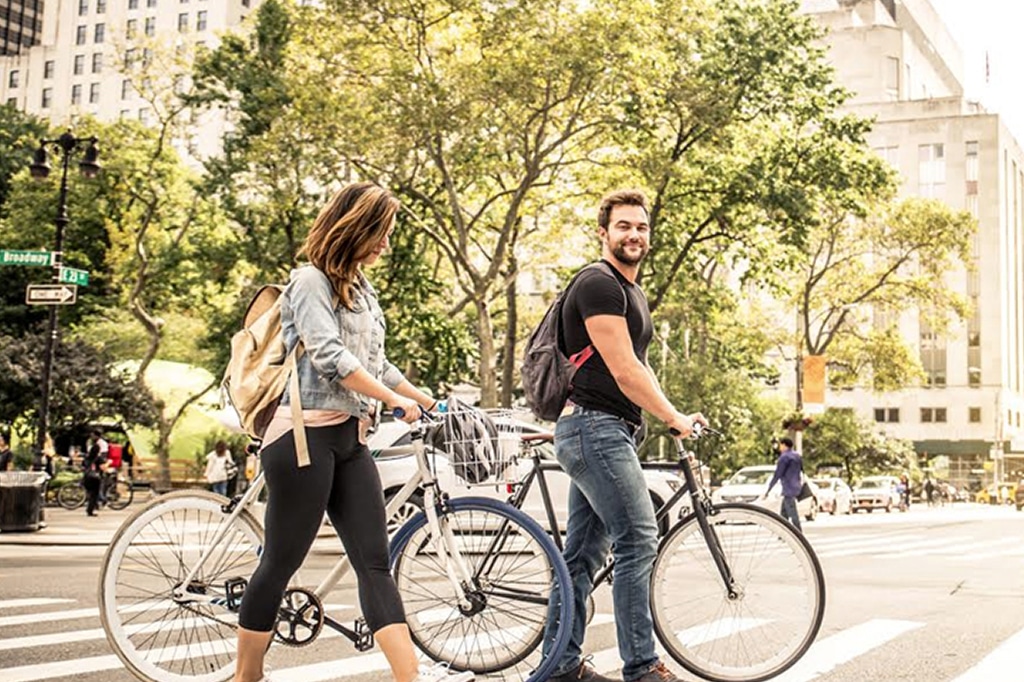
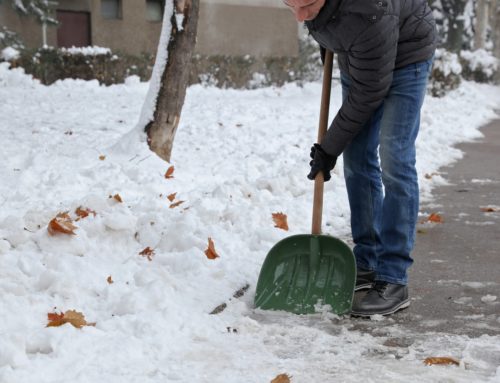
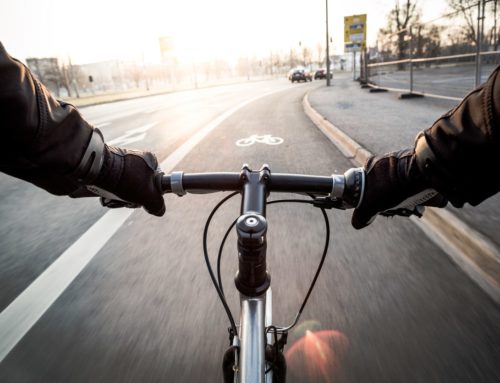
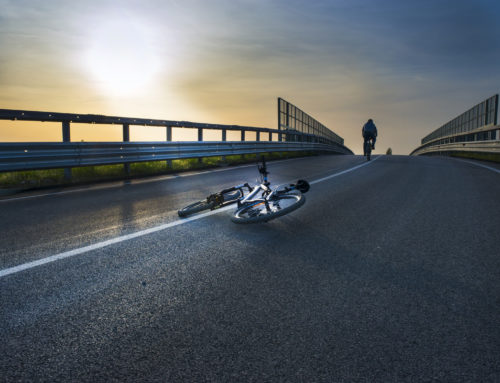
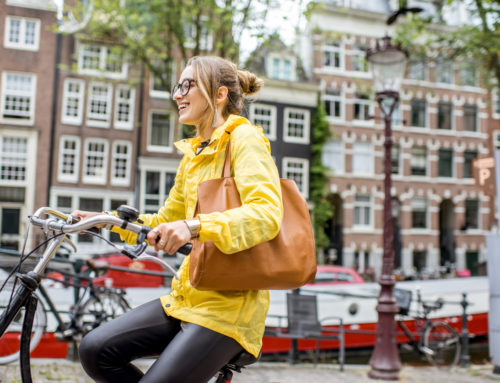
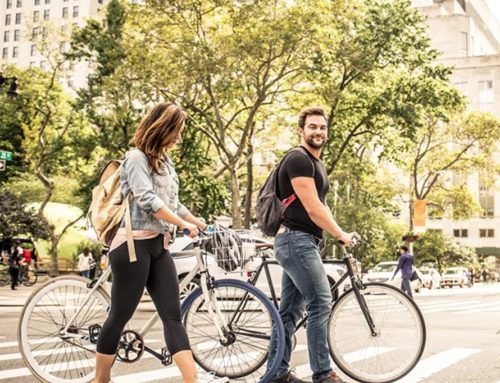
Leave A Comment